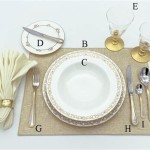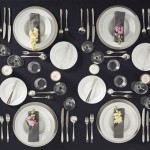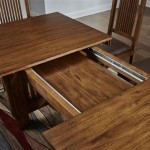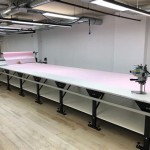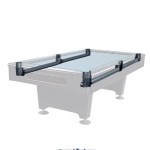Fabric Cutting Table Height: A Guide for Optimal Ergonomics and Efficiency
Fabric cutting is a fundamental aspect of various industries, including clothing manufacturing, upholstery, and quilting. A fabric cutting table is an essential piece of equipment in these industries, providing a dedicated surface for precise and efficient fabric manipulation. Choosing the right height for your fabric cutting table is critical for maximizing productivity, minimizing fatigue, and ensuring a comfortable and safe working environment. This article will delve into the factors that influence the ideal fabric cutting table height, examining the considerations for different types of cutting tasks and individual needs.
Factors Influencing Fabric Cutting Table Height
The optimal fabric cutting table height is determined by a combination of factors, including the height of the operator, the type of cutting task, and the specific tools being used. While there is no one-size-fits-all solution, understanding these factors will guide you in selecting the most appropriate height for your needs.
Operator Height
The individual's height is a fundamental aspect of ergonomic considerations. The table height should allow for a comfortable and neutral posture while cutting. Ideally, the table should be positioned so that the operator's elbows are bent at a 90-degree angle with their forearms parallel to the floor. This minimizes strain on the shoulders, neck, and back.
Type of Cutting Task
Different types of cutting tasks require different table heights. For example, if you are working with large pieces of fabric, a higher table might make it easier to maneuver the material. However, if you are doing intricate cutting, a lower table may provide better control and visibility.
Tools Being Used
The types of tools used for cutting can also influence the table height. For example, if you are using a rotary cutter, a lower table might be preferable. If you are using shears, a higher table might be more comfortable. Consider the tools you use most frequently and choose a table height that accommodates their use.
Key Considerations for Different Cutting Tasks
The specific cutting task you perform will significantly impact the optimal table height. Understanding these task-specific considerations will guide you in selecting the appropriate height for your needs.
Cloth Cutting
For cutting cloth, a table height that allows for effortless fabric manipulation and precise cuts without hunching or overstretching is vital. This is typically achieved when the table height allows for a comfortable elbow angle and provides adequate clearance for the cutting tools.
Quilting
Quilting tasks often involve working with multiple layers of fabric, making a table height that allows for easy access and manipulation of these layers crucial. A height that allows for a comfortable and upright posture while handling the fabric layers is essential.
Upholstery
Upholstery cutting involves working with large and heavy fabric panels, demanding a stable and supportive table height. A slightly higher table height can make it easier to maneuver the fabric panels, ensuring proper alignment and reducing strain on the operator's back and shoulders.
Adjusting Table Height Solutions
There are several ways to adjust the height of your fabric cutting table to meet your specific needs:
Adjustable Legs
Many fabric cutting tables are equipped with adjustable legs, allowing you to fine-tune the height according to your individual preferences and the task at hand. These adjustable legs provide flexibility to cater to different cutting tasks and operator heights, ensuring optimal comfort and efficiency.
Table Risers
Table risers are an excellent solution to increase the height of existing fabric cutting tables. These risers are typically simple to install and provide a cost-effective way to adjust the table height without replacing the entire table.
Custom-Built Tables
If your needs require a specific table height or other customizations, consider a custom-built table. A custom-built table is a tailored solution that can be designed to your exact specifications, ensuring optimal comfort, efficiency, and functionality.
Conclusion: Importance of Ergonomic Design
The height of your fabric cutting table is an essential factor in creating a comfortable and efficient cutting environment. By considering the factors discussed above, you can choose a table height that optimizes your posture, reduces fatigue, and enhances your productivity. Investing in an ergonomically designed fabric cutting table is a wise investment in your health and well-being, guaranteeing a safe and comfortable working experience.

How To Raise Your Cutting Table Reduce Back Strain Quilting Digest

Buy Fabric Cutting Table Grid Top Silver Legs

Sew Ready Standing Height Craft 58 75 In W X 36 50 D Mdf Folding Fabric Cutting Table With Drawers Charcoal White 13378 The Home Depot

Diy Professional Sewing Room Table Brooks Ann Camper Bespoke

Sew Ready Hobby Craft 60 In W X 36 D Mdf Folding Fabric Cutting Table With Drawers Adjustable Height Silver White 13374 The Home Depot

Diy Professional Sewing Room Table Brooks Ann Camper Bespoke

3 Diy Cutting Tables For Small Spaces Quilting Digest

Fabric Cutting Tables

Sewezi Cutting Table Sewing Quilting Furniture

Sew Ready 30 Fixed Height Mobile Fabric Cutting Table With Storage Charcoal White The Market Place

